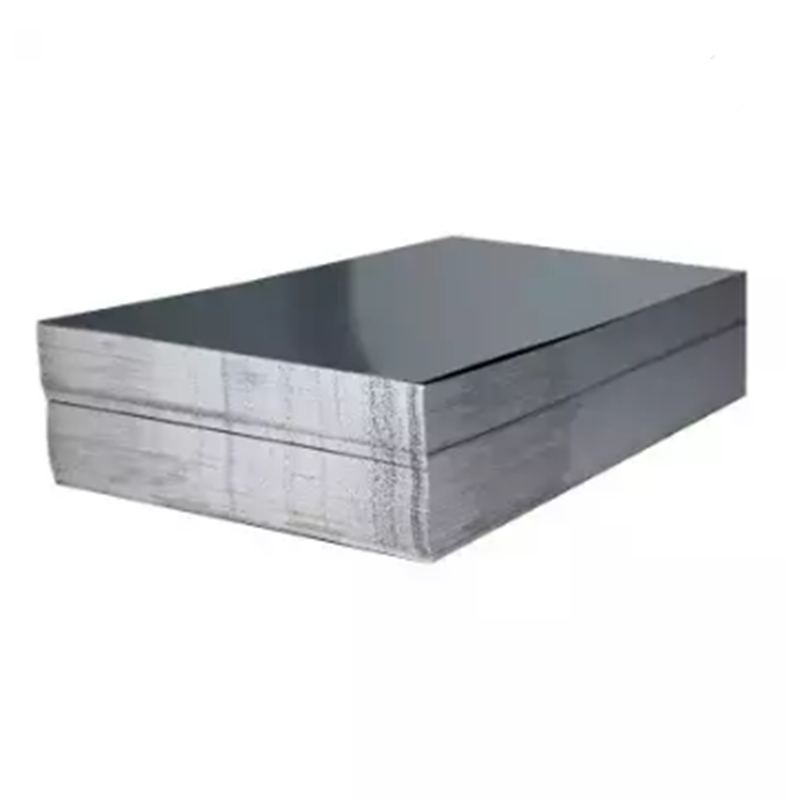
ພ.ຈ. . 10, 2024 02:31 Back to list
Steel and Tin Plate Manufacturing Facility Overview and Insights
The Steel Tin Plate Factory An Overview
The steel tin plate factory stands as a critical pillar in the manufacturing industry, playing an essential role in the production of metal packaging materials. These factories are intricately designed establishments that transform raw steel into high-quality tin plates used in a variety of applications, from food packaging to automotive components. As the demand for sustainable and durable packaging solutions grows, the importance of steel tin plate manufacturing has soared.
Historical Context
The roots of tinplate production can be traced back to the early 19th century when innovators began coating iron with tin to enhance its corrosion resistance. This innovation paved the way for a robust packaging industry, particularly for food products, which required durable and airtight containers. Over the decades, advancements in metallurgy and manufacturing processes have led to a more efficient and environmentally friendly production of steel tin plates.
The Manufacturing Process
The production of steel tin plates involves several key steps. First, high-quality steel coils are sourced and prepared for processing. These coils undergo cleaning to remove any impurities and are then pre-treated to ensure optimal adhesion of the tin coating. The subsequent step is the tinning process. In this phase, steel sheets are subjected to a hot-dip tinning process where they are immersed in molten tin, allowing a thin layer of tin to bond to the surface. This coating not only provides enhanced corrosion resistance but also creates a surface ideal for printing and coating.
After the tinning, the plates are subjected to stringent quality control tests. This ensures they meet industry standards for durability and safety, particularly for food applications. The plates are then further processed, which may include cutting, slitting, and printing, depending on the final product specifications.
Environmental Considerations
steel tin plate factory

Modern steel tin plate factories are increasingly focused on sustainable manufacturing practices. With growing concerns about environmental impact, many factories are implementing energy-efficient technologies and waste reduction strategies. The recycling of scrap metal is a significant aspect of this sustainability initiative. Steel, being a highly recyclable material, allows manufacturers to reduce their reliance on virgin steel and minimize waste.
Moreover, the use of water-based coatings and non-toxic materials is on the rise, reflecting a commitment to producing safer products for consumers and the environment alike. By adopting such practices, steel tin plate factories can reduce their carbon footprint while also providing eco-friendly packaging solutions to their clients.
Market Trends and Future Prospects
The global market for steel tin plates is expanding due to the rising demand for packaged goods, particularly in the food and beverage sectors. With an increasing preference for sustainable packaging, many manufacturers are shifting towards tin plates as an alternative to plastic and other less environmentally friendly options. As a result, the future of steel tin plate manufacturing looks promising, with many companies investing in research and development to innovate and enhance production techniques.
Furthermore, technological advancements such as automation and artificial intelligence are playing a significant role in improving efficiency and reducing costs within these factories. The integration of smart technologies allows for better inventory management, predictive maintenance, and overall enhanced operational efficiency.
Conclusion
In conclusion, the steel tin plate factory symbolizes a convergence of historical innovation, modern manufacturing practices, and environmental stewardship. As the demand for durable and sustainable packaging continues to rise, these factories are poised to play an integral role in shaping the future of metal packaging. By focusing on quality, sustainability, and innovation, the steel tin plate industry is set to thrive, meeting the evolving needs of consumers while contributing positively to the environment. This industry is, indeed, a testament to how traditional manufacturing practices can adapt and flourish in an increasingly eco-conscious world.
-
Cost-Effective Tram: Your New Cute Mini EV Car
NewsAug.06,2025
-
Premium 26 Gauge Galvanized Steel Coil Maker | Quality
NewsJul.31,2025
-
Electric Vehicles for Sale: New Cars, Used Cars & NIO ES8 Offers
NewsJul.30,2025
-
BYD New Energy Vehicles: Innovative New Cars for a Greener Future
NewsJul.29,2025
-
New Energy Vehicle with High Cost Performance & Endurance
NewsJul.29,2025
-
Buy New Car Online – Great Deals & Trusted Used Car Options
NewsJul.29,2025